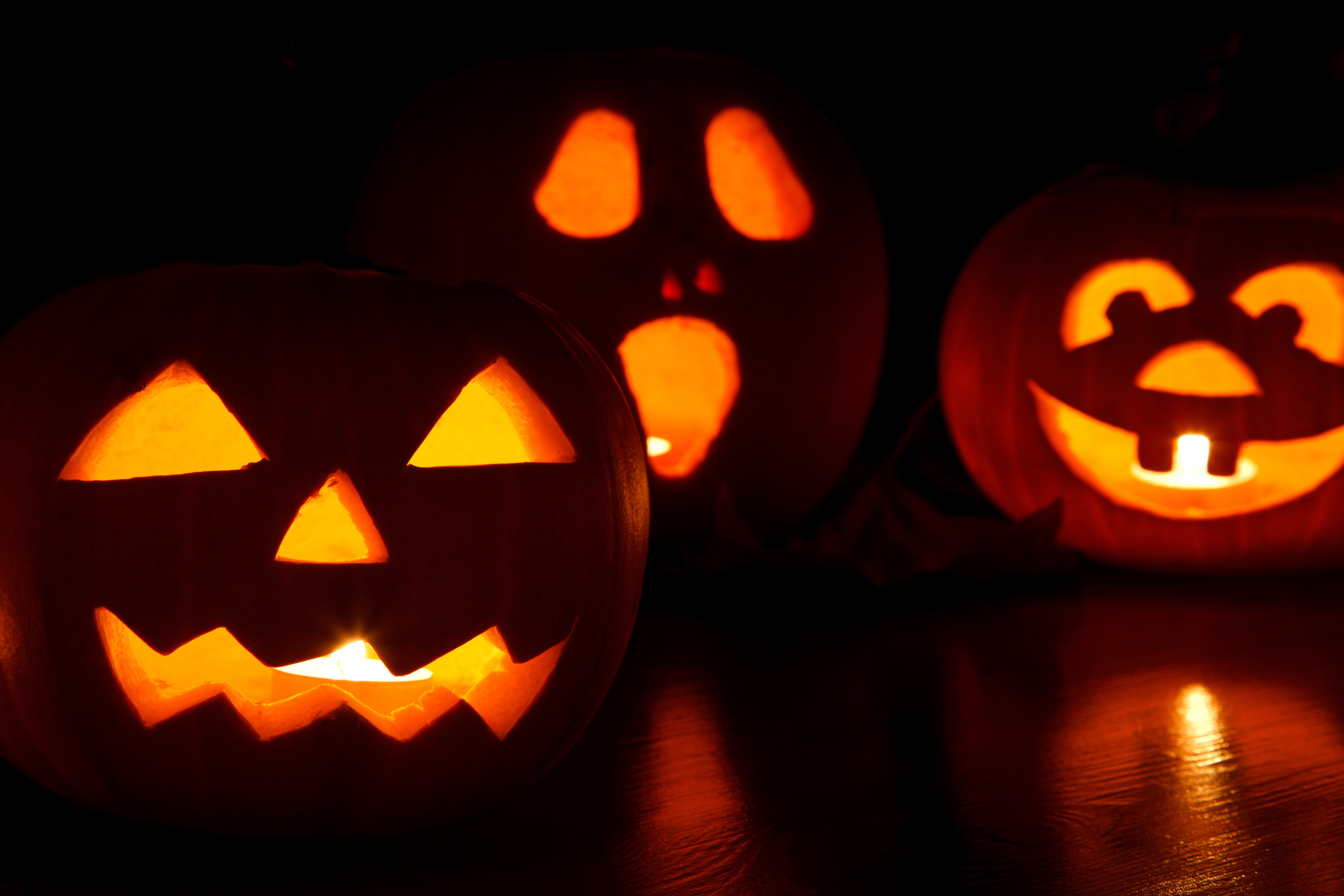Halloween Safety at Home & On the Road

Each year, on Halloween night, numerous children are injured or killed. According to Safe Kids Worldwide, children are more than twice as likely to be hit by a vehicle and killed, on Halloween, than on any other day of the year.
The leading cause of Halloween-related injuries is falls in which children are four times as likely to fall, on Halloween, then on any other night of the year. In addition to injuries, Halloween-related deaths occur among children as well due to the lack of adult supervision. During this festive holiday, Chief Tom LaBelle, of the Prince William County Fire & Rescue System, advises parents and guardians to closely supervise children when participating in Halloween activities to protect them from unintentional injuries.
If you plan on trick-or- treating, the Center for Disease Control and Prevention (CDC) summarizes Halloween safety as the following:
Swords, knives, and similar costume accessories should be short, soft, and flexible.
Avoid trick-or-treating alone. Walk in groups or with a trusted adult.
Fasten reflective tape to costumes and bags to help drivers see you. (Be Seen On
Halloween!)
Examine all treats for choking hazards and tampering before eating them. Limit the
amount of treats you eat.
Hold a flashlight while trick-or-treating to help you see and others see you. (Be Seen On
Halloween!)
Always test make-up in a small area first. Remove it before bedtime to prevent skin and
eye irritation.
Look both ways before crossing the street. Use established crosswalks wherever
possible.
Lower your risk for serious eye injury by not wearing decorative contact lenses.
Only walk on sidewalks or on the far edge of the road facing traffic to stay safe.
Wear well-fitting masks, costumes, and shoes to avoid blocked vision, trips, and falls.
Eat only factory-wrapped treats. Avoid eating homemade treats unless you know the
cook well.
Enter homes only if you're with a trusted adult. Otherwise, stay outside.
Never walk near lit candles or luminaries. Be sure to wear flame-resistant costumes.
Additional Safety Tips for the Halloweener
- Put electronic devices down, keep heads up and walk, don’t run, across the street.
- Make eye contact with drivers before crossing in front of them.
At Home
If you’re expecting trick-or-treaters or hosting a Halloween party, be sure:
- Walking areas are well-lit and free of obstacles.
- Items lit with candles, i.e., jack-o-lanterns and luminaries:
- Place away from doorsteps, walkways, landings, and curtains.
- Place on sturdy tables.
- Keep out of reach from children and small pets.
- NEVER leave unattended.
On the Road
- Drive slowly and safely while being observant of children at intersections, medians, and curbs. Trick-or-treaters may move in unpredictable ways such as avoiding the use of sidewalks and running between parked cars.
- Slowly and carefully enter and exit driveways and alleys.
- Turn your headlights on earlier in the day to spot children from greater distances.
- Reduce any distractions inside your car, such as talking on the phone or eating.
* Remember: typical trick or treat hours are between 5:30 p.m. – 9:30 p.m.
Halloween Decorations
When decorating for that added special effect follow these simple safety tips:
- Inspect decorations for loose connections, frayed or bare wires and broken or cracked sockets. Hang lights using plastic hooks or clips to reduce the risk of electric shock and fire hazards. NEVER nail or staple light strings.
- Don't overload extension cords. Use special, heavy duty extension cords for high wattage decorations such as fog machines and electrically powered inflatable decorations.
- Look for the UL Mark on light strings, electrical decorations, and extension cords. The UL Mark means the product has been found free of foreseeable hazards and is safer for your family.
- Keep candles away from items that easily catch fire, such as decorations, window treatments, and paper.
For more information on Halloween Safety, visit the Centers for Disease Control and Prevention www.cdc.gov, Safe Kids Worldwide www.safekids.org, the National Fire Protection Association www.nfpa.org and the U.S. Fire Administration & Federal Emergency Management Agency www.usfa.fema.gov.